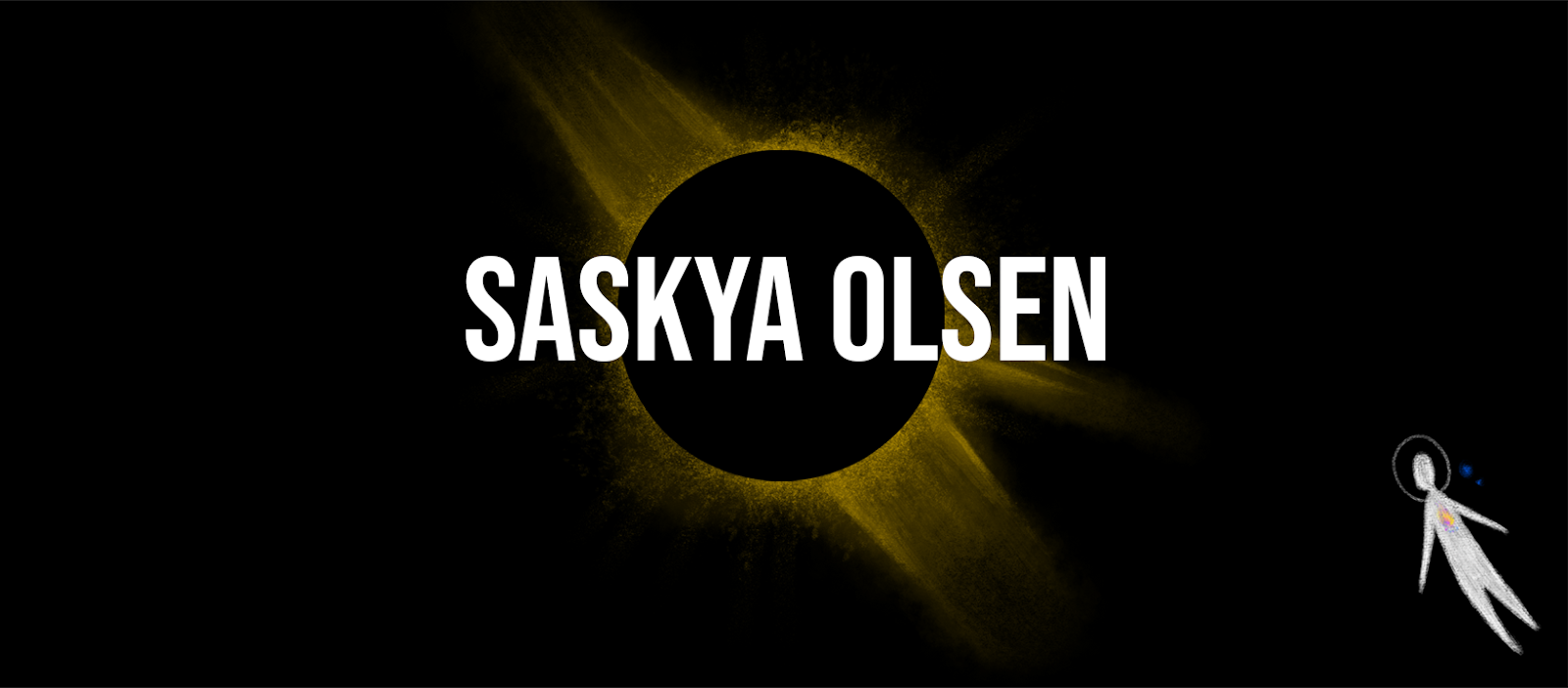Modernism, Weinberg and Montage Cinema
What Is Modernism?
A global movement that aligned with 19th century industrial life, breaking away from outdated ideas associated with the Enlightenment Era. Modernism is fixated on developments towards a political and utopian future.
Autumn Fire by Herman G. Weinberg (1931)
Weinberg managed the Baltimore Little Theatre (United States) and therefore had great global film exposure, including European moving image. Gaining inspiration from many modernist sub-movements and ideologies: soviets, German Expressionists, French Dadaists and surrealists.
Montage Cinema was a pillar of modernism and refers to image or footage being combined to create a single composite work. This is heavily used by Weinberg in Autumn Fire to showcase the industrialised 1930's New York; ships, factories, trains e.t.c. Montage is also evident in Weinberg's use of juxtaposition in the romantic narrative, a couple suffering through their separation showcased through cuts between the woman in nature and man in the city.
 |
| Autumn Fire by Herman G. Weinberg (1931) - Man is affiliated with the city, urbanisation and industrialisation. |
 |
| Autumn Fire by Herman G. Weinberg (1931) - Woman is affiliated with nature. |


Comments